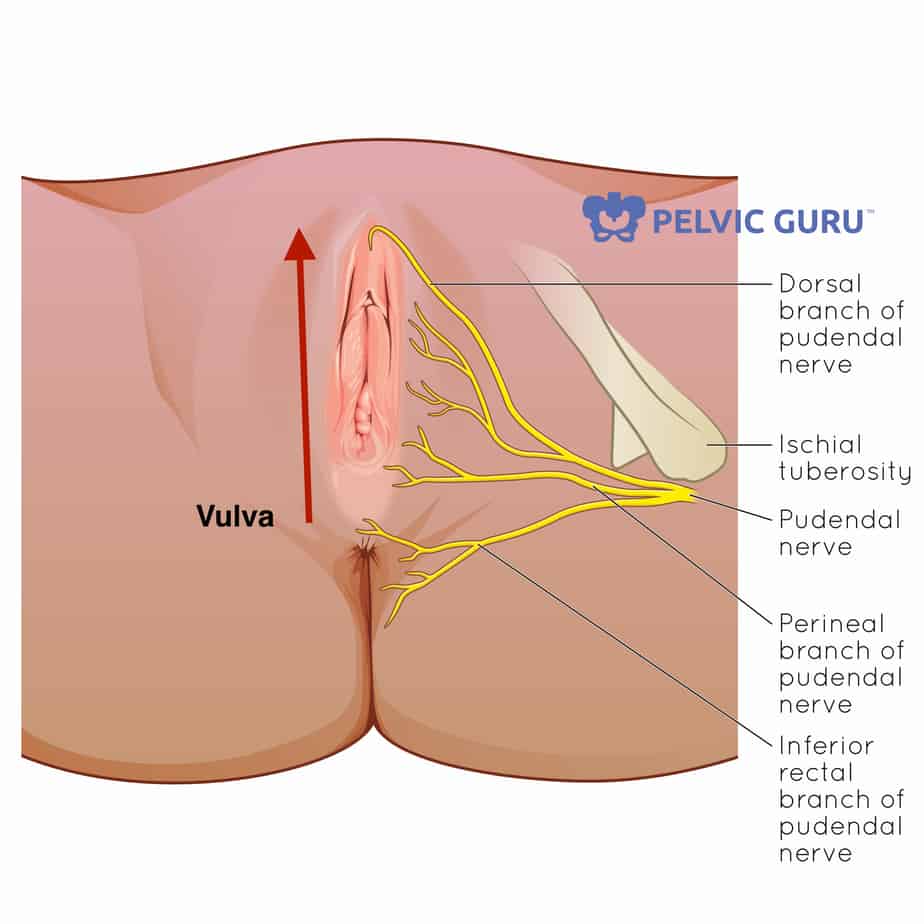Why Squatting Should Be Part of Your Routine

The western world has evolved a lot since our long gone hunter gather ancestors. We live in a fast-paced high tech society that involves a lot of sitting. Many of us have lost the ability to squat properly. Our heels raise and we need to get into a wide base to get our butts even close to the ground.
Young toddlers are experts at squats. They often squat to reach and play with toys on the floor. They can maintain this while taking steps. As they become older and exposed to modern day life their posture changes and often the ability to get into a deep squat.
Why is Squatting Important?
The squat position is necessary for efficient bowel movements. The angle in a squat position created between the pelvis and internal organs leads to greater relaxation of the puborectalis muscle. The puborectalis maintains bowel continence and is contracted throughout the day. When it relaxes it allows the passage of stool during a bowel movement. The puborectalis needs to be relaxed for complete stool elimination.
Why does Squatting Work?
- Gravity actually does most of the work.
- The intestinal connects are naturally pressurized with the weight of the torso and the pressure of the thighs. The diaphragm applies gentle pressure to supplement these forces.
- The sigmoid colon is lifted unlocking the kink at the rectal entrance.
- The anorectal angle becomes straighter relaxing the puborectalis muscle.
- Squatting also closes an inlet valve preventing the stool from pushing back into the intestines.
What’s the Science Behind the Inability to Squat and Chronic Straining?
Researchers have linked unnatural postures and sitting positions to increased tension and strain on our organs. Sedentary lifestyles often leads to chronic intestinal disorders including: colon cancer, appendicitis, incontinence, hemorrhoids and inflammatory bowel disease.
Chronic Straining Is Linked To:
- Blood pressure changes
- Pelvic Health Changes
- The pelvic floor muscles become weak increasing risk of prolapses, hemorrhoids, pudendal nerve dysfunction, urinary incontinence and other pelvic health disorders.
- Breathing pattern changes
- This often leads to imbalances within the pressure system of our thoracic cavity. The muscle of breathing the diaphragm disrupts the normal function of intestines.
Benefits of Squatting:
- Efficient passage of stool leads to reduced fecal stagnation which has been linked to colon cancer, inflammatory bowel disease and appendicitis.
- During a bowel movement the external anal sphincter and rectum relax. If the puborectalis does not relax, straining is often used as a strategy to overcome the tension within the puborectalis and force stool out.
- Pressure from the thigh position when in a squat helps to apply pressure naturally reducing the need to strain.
- Pregnant women can use squatting during labor and delivery. Squatting also opens up the birth canal and improves the potential of abdominal muscles during pushing.
Tips For Success:
- Try using a Squatty Potty. There are 2 sizes. A 9 inch and a 7 inch.
- Start with a thick text book or yoga block to adjust to the height changes
- Sit back on the toilet
- Rest your forearms on your thighs or knees
- Breath and relax







